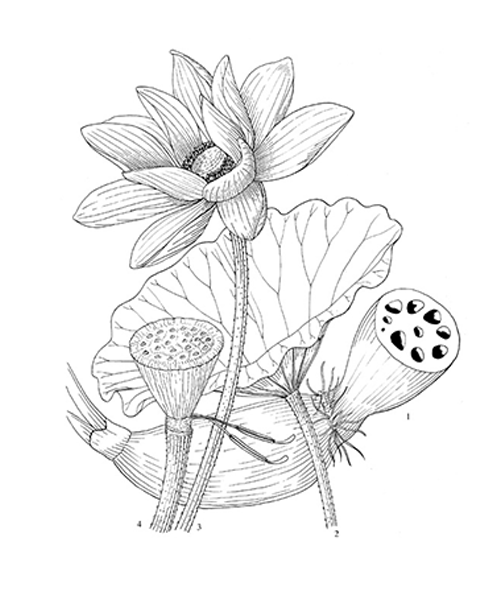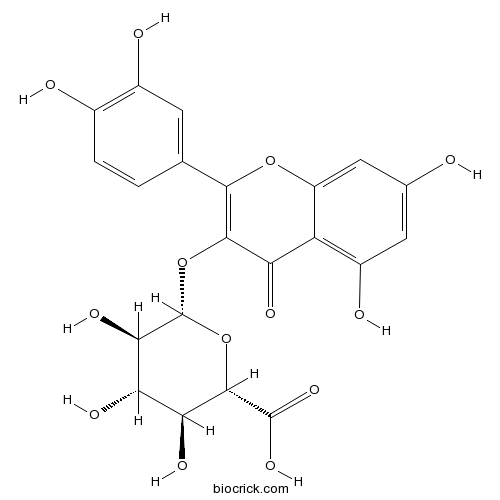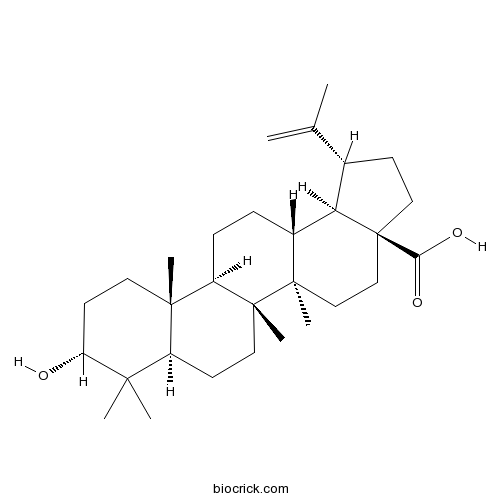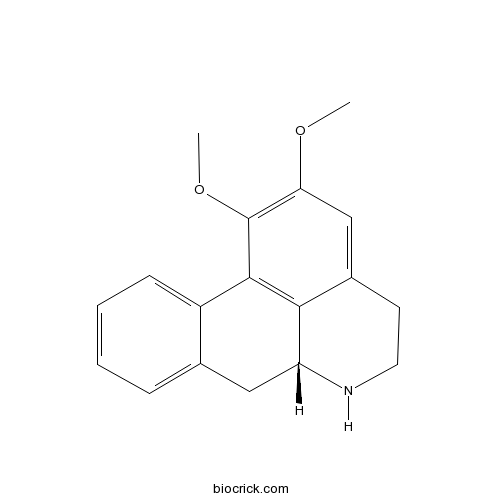Nelumbo nucifera
Nelumbo nucifera
1. The products in our compound library are selected from thousands of unique natural products; 2. It has the characteristics of diverse structure, diverse sources and wide coverage of activities; 3. Provide information on the activity of products from major journals, patents and research reports around the world, providing theoretical direction and research basis for further research and screening; 4. Free combination according to the type, source, target and disease of natural product; 5. The compound powder is placed in a covered tube and then discharged into a 10 x 10 cryostat; 6. Transport in ice pack or dry ice pack. Please store it at -20 °C as soon as possible after receiving the product, and use it as soon as possible after opening.

Natural products/compounds from Nelumbo nucifera
- Cat.No. Product Name CAS Number COA
-
BCN9049
Hydroquinone123-31-9
Instructions

-
BCN8235
(-)-Anonaine1862-41-5
Instructions

-
BCN3149
Quercetin-3-O-glucuronide22688-79-5
Instructions

-
BCN6338
Neferine2292-16-2
Instructions

-
BCN8531
3-Epibetulinic acid38736-77-5
Instructions

-
BCN1223
Nuciferine475-83-2
Instructions

-
BCN5549
Astragalin480-10-4
Instructions

-
BCN5551
Isorhamnetin480-19-3
Instructions

-
BCN5570
Hyperoside482-36-0
Instructions

-
BCN4048
N-Nornuciferine4846-19-9
Instructions

-
BCN6336
Liensinine diperchlorate5088-90-4
Instructions

-
BCN5658
Apigenin520-36-5
Instructions

-
BCN8490
Armepavine524-20-9
Instructions

-
BCN8236
Roemerine548-08-3
Instructions

-
BCN6331
Isoliensinine6817-41-0
Instructions

-
BCN4303
Obacunone751-03-1
Instructions

Transcriptomic analysis identifies the key genes involved in stamen petaloid in lotus (Nelumbo nucifera).[Pubmed: 30053802]
Flower morphology, a phenomenon regulated by a complex network, is one of the vital ornamental features in Nelumbo nucifera. Stamen petaloid is very prevalent in lotus flowers. However, the mechanism underlying this phenomenon is still obscure.
Identification of Antioxidant and Anti-α-amylase Components in Lotus (Nelumbo nucifera, Gaertn.) Seed Epicarp.[Pubmed: 30039473]
Lotus seed epicarp, a byproduct of lotus seed production process, is usually discarded as a waste. In this study, antioxidant and anti-α-amylase activities of freeze-dried water and various methanol extracts of lotus seed epicarp were evaluated. The extract obtained by 80% methanol exhibited the strongest DPPH and ABTS radical scavenging activity and ferric reducing power, as well as the greatest inhibitory potential on α-amylase. The excellent antioxidant and α-amylase inhibitory activities of 80% methanol extract might be attributed to its highest concentrations of total phenolics, flavonoids, and condensed tannins. The inhibition kinetic analysis revealed that the 80% methanol extract was a reversible and uncompetitive-type inhibitor of α-amylase. Furthermore, based on MALDI-TOF-MS and thiolysis-HPLC-ESI-MS, the main active components present in 80% methanol extract were identified to be B-type heteropolymeric condensed tannins built up of mixtures of propelargonidins, procyanidins, and prodelphinidins, with the predominance of procyanidins and epicatechin as the main constitutive units. The results obtained suggested that lotus seed epicarp could be exploited as a potential source of natural antioxidants and α-amylase inhibitors.
Evolutionarily conserved function of the sacred lotus (Nelumbo nucifera Gaertn.) CER2-LIKE family in very-long-chain fatty acid elongation.[Pubmed: 29948126]
None
Genome-wide transcriptional analysis of submerged lotus reveals cooperative regulation and gene responses.[Pubmed: 29907819]
Flooding severely limits plant growth even for some aquatic plants. Although much work has been done on submergence response of some important crop plants, little is known about the response mechanism of aquatic plants, i.e. lotus (Nelumbo nucifera). In this study, we investigated the genome-wide regulation lotus genes in response to submergence stress by high-throughput mRNA sequencing. A total of 4002 differentially expressed genes (DEGs) in lotus upon submergence stress. Among them, 1976 genes were up-regulated and 2026 down-regulated. Functional annotation of these genes by Gene ontology (GO) and Kyoto encyclopedia of genes and genomes (KEGG) enrichment analysis revealed that they were mainly involved in processes of oxidation-reduction, abiotic stimuli, cellular metabolism and small molecule metabolism. Based on these data, previous work and quantitative RT-PCR (RT-qPCR) validation, we constructed a cooperative regulation network involved in several important DEGs in regards to the antioxidant system, disease resistance, hypoxia resistance and morphological adaptation. Further work confirmed that several innate immunity genes were induced during submergence and might confer higher resistance to lotus rot disease. In conclusion, these results provide useful information on molecular mechanisms underlying lotus responses to submergence stress.
Literary evidence for taro in the ancient Mediterranean: A chronology of names and uses in a multilingual world.[Pubmed: 29870533]
Taro, Colocasia esculenta (L.) Schott, is a vegetable and starchy root crop cultivated in Asia, Oceania, the Americas, Africa, and the Mediterranean. Very little is known about its early history in the Mediterranean, which previous authors have sought to trace through Classical (Greek and Latin) texts that record the name colocasia (including cognates) from the 3rd century BC onwards. In ancient literature, however, this name also refers to the sacred lotus, Nelumbo nucifera Gaertn. and its edible rhizome. Like taro, lotus is an alien introduction to the Mediterranean, and there has been considerable confusion regarding the true identity of plants referred to as colocasia in ancient literature. Another early name used to indicate taro was arum, a name already attested from the 4th century BC. Today, this name refers to Arum, an aroid genus native to West Asia, Europe, and the Mediterranean. Our aim is to explore historical references to taro in order to clarify when and through which routes this plant reached the Mediterranean. To investigate Greek and Latin texts, we performed a search using the Thesaurus Linguae Graecae (TLG) and the Thesaurus Linguae Latinae (TLL), plus commentaries and English and French translations of original texts. Results show that while in the early Greek and Latin literature the name kolokasia (Greek κολοκάσια) and its Latin equivalent colocasia refer to Nelumbo nucifera Gaertn., after the 4th century AD a poorly understood linguistic shift occurs, and colocasia becomes the name for taro. We also found that aron (Greek ἄρον) and its Latin equivalent arum are names used to indicate taro from the 3rd century BC and possibly earlier.
Radiation-induced overexpression of transthyretin inhibits retinol-mediated hippocampal neurogenesis.[Pubmed: 29849106]
Cranial irradiation is the main therapeutic strategy for treating primary and metastatic brain tumors. However, radiation is well-known to induce several unexpected side effects including emotional disorders. Although radiation-induced depression may cause decreased quality of life after radiotherapy, investigations of its molecular mechanism and therapeutic strategies are still insufficient. In this study, we found that behavioral symptoms of depression on mice models with the decrease of BrdU/NeuN- and Dcx-positive populations and MAP-2 expression in hippocampus were induced by cranial irradiation, and transthyretin (TTR) was highly expressed in hippocampus after irradiation. It was shown that overexpression of TTR resulted in the inhibition of retinol-mediated neuritogenesis. PAK1 phosphorylation and MAP-2 expression were significantly reduced by TTR overexpression following irradiation. Moreover, we observed that treatment of allantoin and neferine, the active components of Nelumbo nucifera, interrupted irradiation-induced TTR overexpression, consequently leading to the increase of PAK1 phosphorylation, neurite extension, BrdU/NeuN- and Dcx-positive populations, and MAP-2 expression. Behavioral symptoms of depression following cranial irradiation were also relieved by treatment of allantoin and neferine. These findings demonstrate that TTR plays a critical role in neurogenesis after irradiation, and allantoin and neferine could be potential drug candidates for recovering the effects of radiation on neurogenesis and depression.
A proteomics analysis of adventitious root formation after leaf removal in lotus (Nelumbo nucifera Gaertn.).[Pubmed: 29794259]
The formation of adventitious roots (ARs) is an important process for lotus (Nelumbo nucifera), which does not have a well-formed main root. In lotus, the removal of leaves above the waterline significantly promoted AR formation, while the removal of leaves below the waterline inhibited AR formation. Proteins were identified using isobaric tags for relative and absolute quantization technique. The number of proteins decreased with increasing sequencing coverage, and most of the identified proteins had fewer than 10 peptides. In the A1/A0 and A2/A1 stages, 661 and 154 proteins showed increased abundance, respectively, and 498 and 111 proteins showed decreased abundance, respectively. In the B1/B0 and B2/B1 stages, 498 and 436 proteins showed increased abundance, respectively, and 358 and 348 proteins showed decreased abundance, respectively. Among the proteins showing large differences in abundance, 17 were identified as being related to AR formation. Proteins involved in the glycolytic pathway and the citrate cycle showed differences in abundance between the two types of leaf removal. The transcriptional levels of nine genes encoding relevant proteins were assessed by quantitative polymerase chain reaction. The results of this study illustrate the changes in metabolism after different types of leaf removal during AR formation in lotus.
Detection of biogenic amines and microbial safety assessment of novel Meju fermented with addition of Nelumbo nucifera, Ginkgo biloba, and Allium sativum.[Pubmed: 29653182]
None


